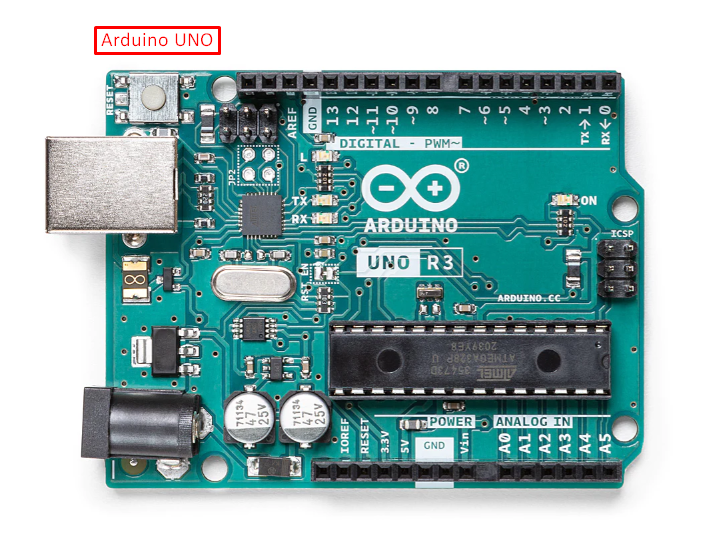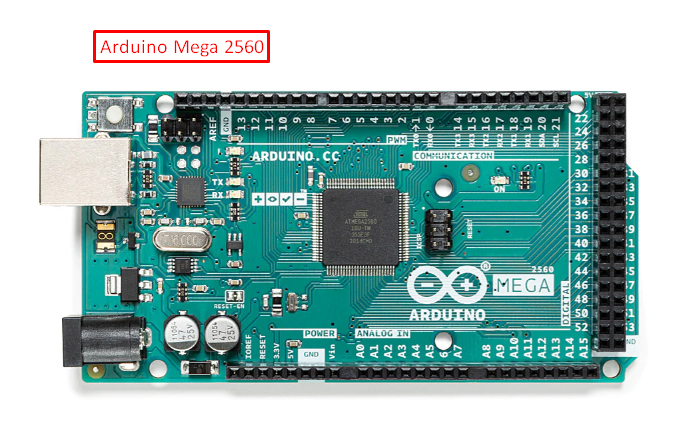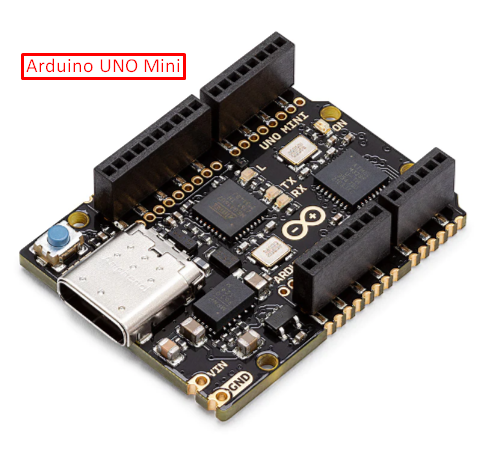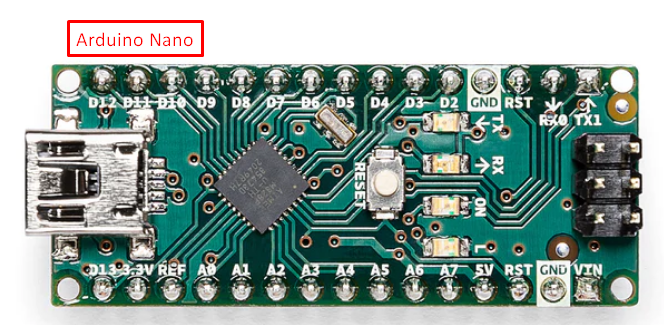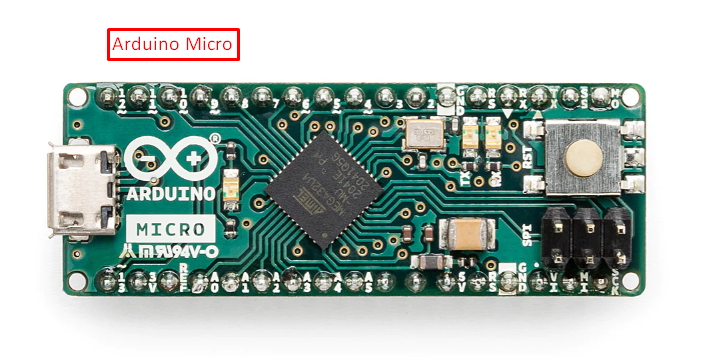List of Arduino Boards
The list below provides the details of Arduino boards with their specifications:
- Arduino Uno Rev3
- Arduino Mega 2560
- Arduino UNO Mini
- Arduino Nano
- Arduino Micro
- Arduino Zero
- Arduino Due
1: Arduino Uno Rev3
Arduino UNO is the most used type of Arduino which consists of various features.
Specifications
Arduino UNO specifications are mentioned in the below table:
| Processor | ATmega328P |
| Size | 68.6 mm x 53.3 mm |
| Clock Frequency | 16 MHz |
| Digital Pins | 14 |
| Analog Pins | 6 |
| PWM | 6 |
| Vcc | 5 V |
| Input Voltage range | 7-12 V |
| EEPROM | 1 KB |
| Flash | 32 KB |
| SRAM | 2 KB |
Arduino UNO also provides a power- Jack, a USB port, and a reset button.
2: Arduino Mega 2560 Rev3
Arduino mega is used for larger projects where more I/O pins are required.
Specifications
Specs of Arduino Mega 2560 are mentioned below:
| Processor | ATmega2560 |
| Size | 101.6 mm × 53.3 mm |
| Clock Frequency | 16 MHz |
| Digital Pins | 54 |
| Analog Pins | 16 |
| PWM | 14 |
| Vcc | 5 V |
| Input Voltage range | 7-18 V |
| EEPROM | 4 KB |
| Flash | 256 KB |
| SRAM | 8 KB |
3: Arduino Uno Mini
It is the mini version of Arduino Uno; it is a limited edition that makes it special for Arduino lovers.
Specifications
All the specs of Arduino Uno Mini are listed below:
| Processor | ATmega328P |
| Size | 34.20 mm x 26.70 mm |
| Clock Frequency | 16 MHz |
| Digital Pins | 14 |
| Analog Pins | 6 |
| PWM | 6 |
| Vcc | 5 V |
| Input Voltage range | 6 -12 V |
| EEPROM | 1 KB |
| Flash | 32 KB |
| SRAM | 2 KB |
4: Arduino Nano
Arduino Nano is a smaller version of Arduino Uno. It can be attached to the breadboard.
Specifications
Arduino-Nano specs are almost the same as Arduino Uno, with little size variation. Specifications of Arduino Uno are enlisted below:
| Processor | ATmega328 |
| Size | 18 mm x 45 mm |
| Clock Frequency | 16 MHz |
| Digital Pins | 22 |
| Analog Pins | 8 |
| PWM | 6 |
| Vcc | 5 V |
| Input Voltage range | 7-12 V |
| EEPROM | 1 KB |
| Flash | 32 KB |
| SRAM | 2 KB |
Arduino Nano has a surface mounted processor and it works with USB power.
5: Arduino Micro with Headers
It is the micro version of Arduino which was designed in collaboration with Adafruit.
Specifications
All the specs of Arduino Micro are listed below:
| Processor | ATmega32U4 |
| Size | 48 mm x 18 mm |
| Clock Frequency | 16 MHz |
| Digital Pins | 20 |
| Analog Pins | 12 |
| PWM | 7 |
| Vcc | 5 V |
| Input Voltage range | 7-9 V |
| EEPROM | 1 KB |
| Flash | 32 KB |
| SRAM | 2.5 KB |
6: Arduino Zero
It is developed by collaborating with Atmel using the Arduino UNO platform. It has a 32 bits ARM Cortex Core processor.
Specifications
| Processor | ATSAMD21G18, 32-Bit ARM® Cortex® M0+ |
| Size | 68 mm x 53 mm |
| Clock Frequency | 48 MHz |
| Digital Pins | 20 |
| Analog Pins | 6, 12- bit ADC & 1, 10-bit DAC |
| PWM | 10 |
| Vcc | 3.3 V |
| Input Voltage | 3.3 V |
| EEPROM | 0 |
| Flash | 256 KB |
| SRAM | 32 KB |
7: Arduino Due
It has a 32-bit ARM core processor and is suitable for powerful Arduino projects.
Specifications
It is the design of SparkFun manufacturers. Specs are mentioned in the below table.
| Processor | ATSAM3X8E |
| Size | 101.6 mm × 53.3 mm |
| Clock Frequency | 84 MHz |
| Digital Pins | 54 |
| Analog Pins | 12 |
| PWM | 12 |
| Vcc | 3.3 V |
| Input Voltage Range | 6 V – 16V |
| EEPROM | 0 |
| Flash | 512 KB |
| SRAM | 96 KB |
That is it for this guide!
Final Words
There are multiple Arduino products available in the market like Arduino Uno, Arduino Uno Rev 3, Arduino Mega 2560, Arduino Uno Mini, Arduino Nano, Arduino Micro, Arduino Zero. Users can select any of them depending on the features, budget, size, and complexity of the project.

